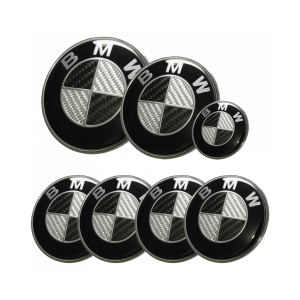oil leaking from oil pan drain plug
Understanding Oil Leaking from the Oil Pan Drain Plug
Oil leaks from the oil pan drain plug are a common issue faced by vehicle owners and can lead to significant engine problems if not addressed promptly. The oil pan serves a critical function in an automobile by holding the engine oil, which lubricates the engine's moving parts, reduces friction, and helps maintain optimal operating temperatures. Thus, any leak from this area can not only lead to a loss of engine oil but can also potentially cause serious damage to the engine.
Causes of Oil Leaking from the Drain Plug
One of the primary causes of oil leaks from the drain plug is improper sealing. The drain plug is typically sealed with a washer that can become worn or damaged over time. If this washer is not properly installed or is degraded, it may fail to create a tight seal, leading to oil seepage. Additionally, overtightening the drain plug can strip the threads or damage the oil pan, resulting in leaks.
Another common cause is the use of incorrect or substandard oil plugs. Each vehicle has specific requirements for its oil drain plug, and using the wrong size or type can lead to leakage problems. It’s essential to ensure that the correct plug is used during oil changes or maintenance.
Environmental factors can also contribute to oil leaks. Exposure to extreme temperatures or harsh chemicals can weaken the materials used in the drain plug and its sealing components. As these materials degrade, the risk of leaks increases.
Identifying the Leak
Detecting an oil leak from the drain plug can often be straightforward. A clear sign is the presence of oil spots on the ground beneath the vehicle, particularly when it has been parked for an extended period. Checking the oil level is another way to confirm a leak. If the oil level consistently drops without any sign of smoke or burning oil, a leak is likely present.
oil leaking from oil pan drain plug

To diagnose the issue, start by cleaning the oil pan and surrounding areas with a degreaser. Once the area is clean, run the engine and observe if any oil seeps from the drain plug. This method can help identify if the leak is indeed from the drain plug or if it might be coming from another area of the engine.
Solutions and Prevention
Once a leak is confirmed, several remedies can be employed. The simplest solution is to replace the washer and ensure the drain plug is properly tightened. It may also be necessary to inspect and, if needed, replace the oil pan itself, particularly if the threads have been stripped.
In addition to immediate repairs, vehicle owners can take preventative measures to avoid future leaks. Regular maintenance checks, particularly during oil changes, can help catch potential issues before they escalate into significant leaks. Always replace the washer when changing oil to maintain a proper seal.
Furthermore, using high-quality oil and drain plugs can extend the lifespan of these components and reduce the likelihood of leaks. If unsure about replacing or tightening the drain plug, consult with a professional mechanic who can provide guidance based on the specific vehicle model.
Conclusion
In summary, oil leaks from the oil pan drain plug can lead to serious implications for engine performance and longevity. Understanding the causes, identifying the leak, and implementing proper maintenance strategies can mitigate these issues. By being proactive, drivers can ensure their vehicles remain in optimal condition and avoid the costly repairs that accompany engine damage from oil leaks.
-
Understanding the Front Main Engine Seal: Purpose, Maintenance, and Installation
News Jul.29,2025
-
Understanding O-Rings and Seal Rings: Types, Applications, and Custom Solutions
News Jul.29,2025
-
Understanding Crankshaft Oil Seals: Rear Seals, Pulley Seals, and Their Role in Engine Integrity
News Jul.29,2025
-
The Importance of Front and Rear Crankshaft Seals in Engine Performance and Oil Management
News Jul.29,2025
-
Crank Oil Seals: Functions, Types, and Cost Considerations in Engine Maintenance
News Jul.29,2025
-
A Comprehensive Guide to O-Rings and Seals: Types, Materials, and Global Applications
News Jul.29,2025
-
Mastering Diesel and Performance Engine Maintenance: A Guide to Critical Oil Gaskets
News Jul.28,2025
Products categories















